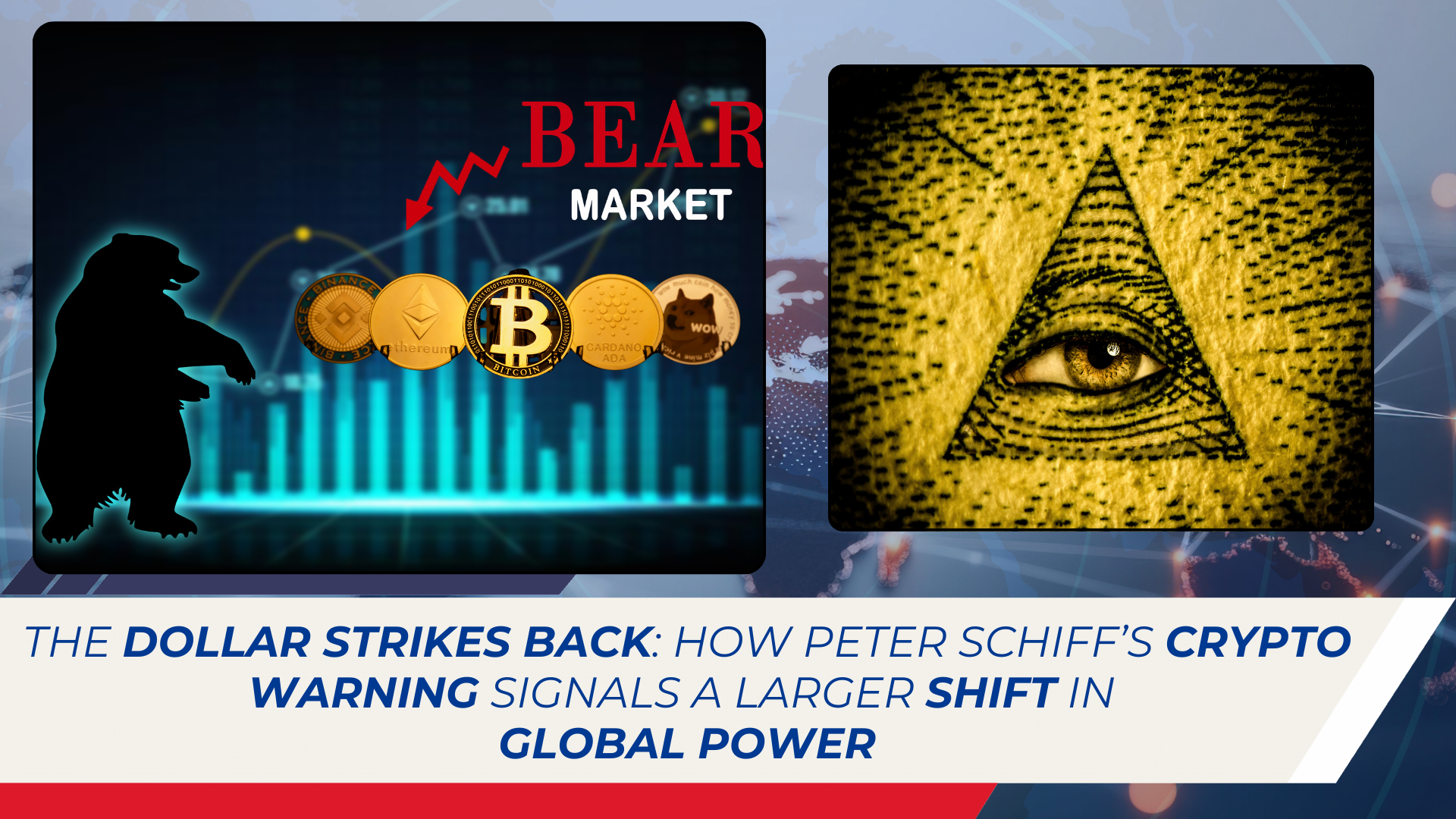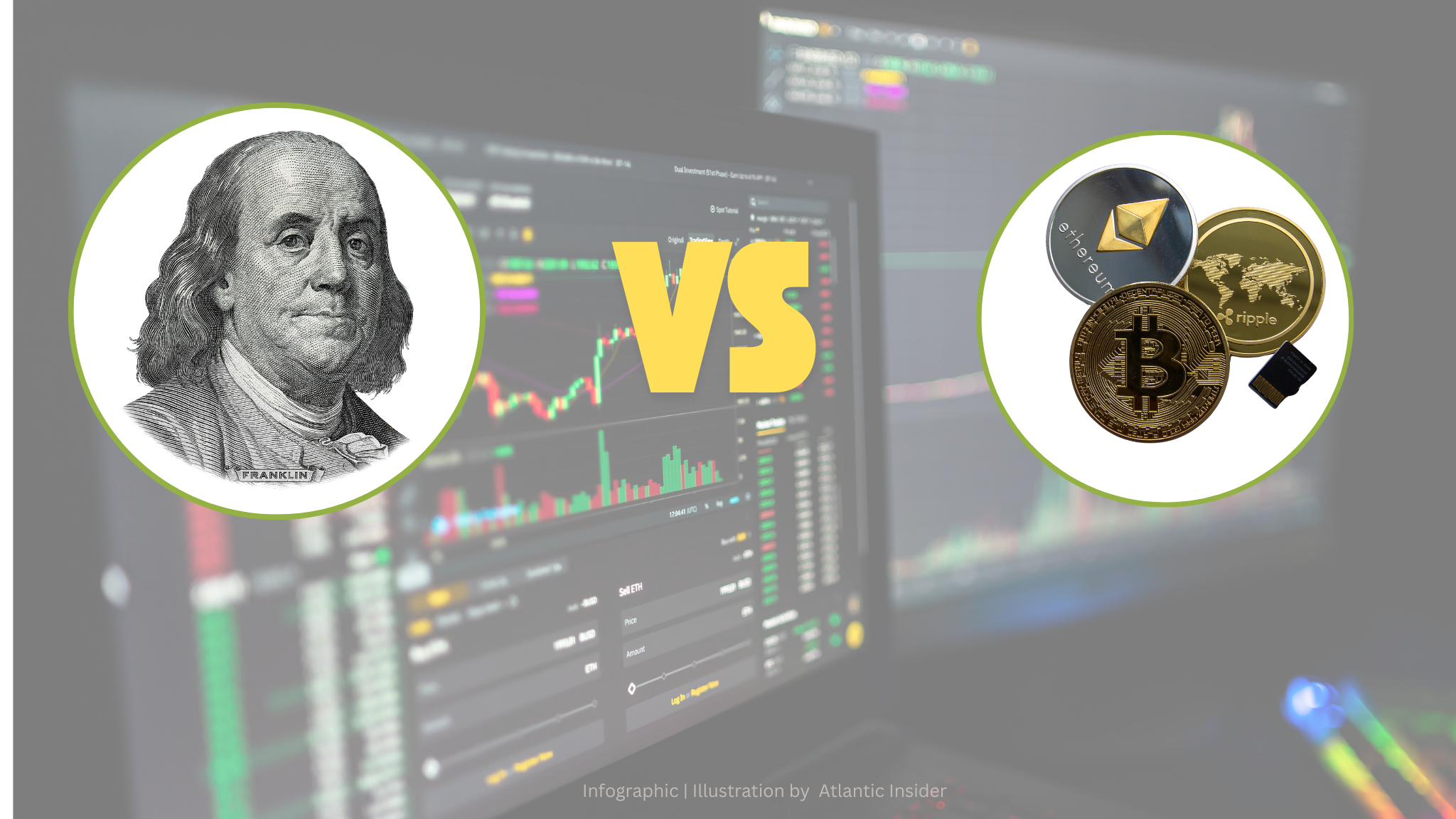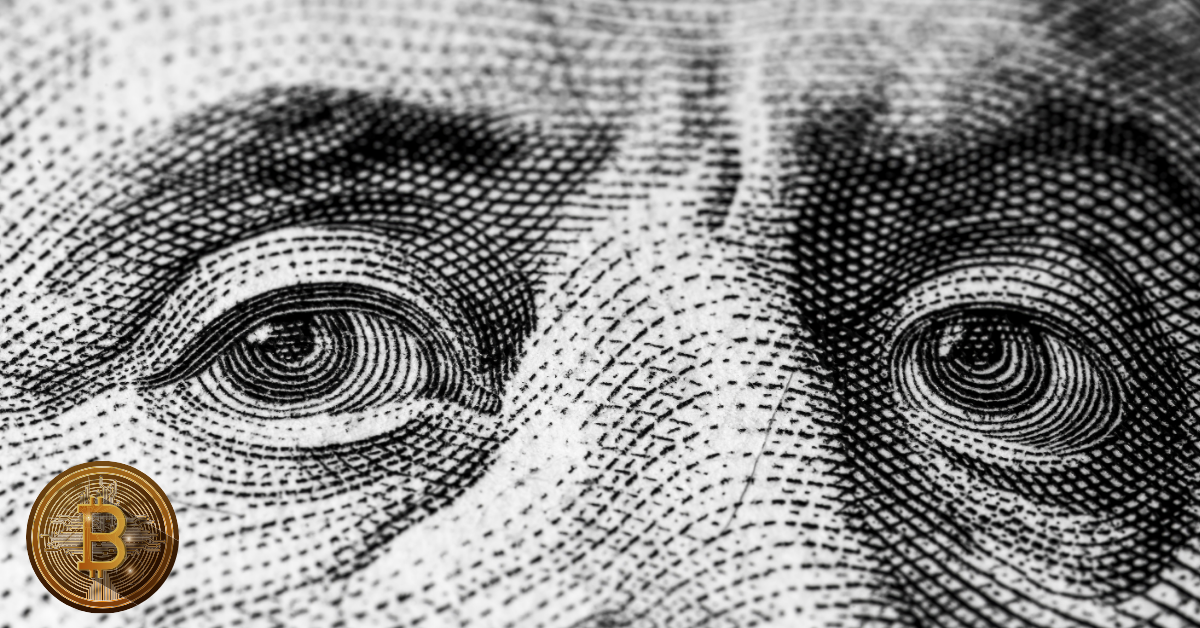November 7th, 2025
For years, Peter Schiff has been dismissed as the perennial gold bug—an economist frozen in a pre-digital era, warning of inflation and debt long before the world cared to listen. Yet as Bitcoin and Ethereum struggle through what Schiff now calls a “full-blown bear market,” his long-held thesis about the supremacy of tangible value—and the fragility of financial euphoria—seems to be gaining new traction.
According to Schiff, both of the world’s leading cryptocurrencies are no longer in a mere correction phase but in a structural retreat. “Bitcoin and Ethereum are not consolidating,” he said this week. “They’re unraveling.” His view may sound apocalyptic, but it taps into something deeper: a global pivot away from speculative risk and back toward real-world value—anchored, ironically, by the very instrument crypto was designed to escape: the U.S. dollar.
A Bear Market Beyond the Blockchain
Bitcoin’s stumble from its speculative highs has been more than a market hiccup. It’s a recalibration of narrative. For more than a decade, crypto’s mythology rested on the idea of decentralization as moral progress—an inevitable revolution against fiat control. Yet in 2025, with inflation moderating and the Federal Reserve projecting a stronger dollar through higher real rates, that myth is colliding with macroeconomic gravity.
Ethereum, long viewed as crypto’s technological backbone, has not been spared. Schiff argues that ETH’s late-summer rally was “a bear-market bounce,” not a recovery. He sees its ecosystem losing definition amid rising competition from AI-linked blockchains and stablecoin networks. In his words, “Ethereum is trying to be everything to everyone—and that’s never sustainable in money or technology.”
To Schiff’s credit, much of this skepticism reflects historical pattern recognition. When liquidity tightens, the market abandons abstraction. From dot-coms to DeFi, what begins as innovation often ends in consolidation. As investors rediscover the yield and security of traditional assets—Treasuries, commodities, and yes, even gold—crypto’s speculative allure dims. And with the dollar’s resurgence, that transition looks less cyclical than structural.
The Resilient Dollar and the Myth of De-Dollarization
The macro backdrop is critical to understanding Schiff’s position. The U.S. dollar, buoyed by higher-than-expected growth and a re-anchored Treasury market, has emerged as the world’s last reliable store of value. Despite years of rhetoric about “de-dollarization,” central banks have quietly increased dollar holdings. According to IMF data, nearly 60 percent of global reserves remain dollar-denominated—a ratio that has barely budged since 2019.
This resilience has frustrated both crypto advocates and emerging-market policymakers who saw blockchain as a path to monetary sovereignty. Instead, the greenback has become the ultimate anti-crypto: stable, liquid, and enforced by the most powerful central bank on earth. Schiff, for all his hostility toward fiat, recognizes the paradox. “If you’re fleeing risk,” he said, “you don’t flee to volatility. You flee to certainty.”
And certainty, for now, wears the dollar’s face.
Liquidity Tightens, Faith Wavers
The Federal Reserve’s post-pandemic tightening has rewritten the logic of global capital. By draining excess liquidity, the Fed has forced markets to price reality over narrative. The result is a world where money once free now costs something again—where opportunity has a rate and risk has a reckoning.
Crypto was born in a zero-rate era, and it thrived on the illusion of infinite liquidity. The surge of speculative capital chasing “digital scarcity” depended on precisely the abundance Schiff warned about. With rates high and balance sheets contracting, that environment has evaporated. Bitcoin, stripped of its liquidity premium, begins to trade not as an inflation hedge but as an expensive bet on volatility itself.
Ethereum, meanwhile, has been caught in its own paradox. The platform’s transition to proof-of-stake improved efficiency but sacrificed decentralization in the eyes of purists. The yield from staking has made ETH behave more like a tech-stock derivative than a currency. Schiff calls it “a speculative bond with infinite duration.” In other words: a dream that can’t survive the sober math of tightening money.
Gold, the Dollar, and the New Orthodoxy
For Schiff, the real story isn’t crypto’s failure—it’s gold’s quiet vindication. In a world of fiscal fatigue and debt saturation, he argues, tangible assets will always reassert themselves. “The difference between gold and Bitcoin,” he told Yahoo Finance, “is that one is a store of energy; the other is a store of belief.”
That distinction resonates across Wall Street. Even among digital-asset firms, the conversation has shifted from revolution to reconciliation. Hedge funds now treat crypto less as a parallel economy and more as a leveraged risk proxy—an early-warning signal of global liquidity. When Bitcoin falls, it’s no longer a philosophical verdict on decentralization. It’s a practical reflection of tightening dollars.
Ironically, this dynamic restores a kind of orthodoxy Schiff might appreciate: markets are once again governed by fundamentals. The U.S. economy, though burdened by debt, continues to outpace peers. Productivity has improved, capital expenditures are rising, and corporate margins have adapted to high rates. The dollar’s strength is not merely a symptom of policy—it’s a reflection of faith in the American balance sheet.
The Psychological Pivot
Every financial cycle carries a moral dimension. The 2020s opened with optimism that technology could transcend economics. Decentralization, tokenization, and AI promised to dissolve the old hierarchies of capital. What replaced them, however, was not empowerment but exhaustion—a fatigue with the endless reinvention of money itself.
Schiff’s warnings resonate precisely because they speak to that fatigue. Investors have begun to crave predictability over potential, dividends over disruption. The speculative frontier has moved from blockchain to biotech, from meme coins to machine learning. Crypto, once the symbol of creative destruction, now feels like an echo of its own hype cycle.
In Schiff’s view, this reversal is not accidental but inevitable. “All bubbles,” he notes, “end the same way: when people remember what money is supposed to do.” And money, in his schema, is not supposed to entertain—it’s supposed to endure.
The Geopolitics of Value
Yet the deeper significance of Schiff’s forecast lies beyond price charts. It’s geopolitical. A stronger dollar reshapes the architecture of global influence. Emerging economies reliant on dollar-denominated debt find themselves squeezed, while nations that flirted with crypto alternatives—Argentina, Nigeria, El Salvador—are learning that volatility is not sovereignty.
At the same time, Washington’s financial leverage is expanding. Sanctions, settlement systems, and swap lines remain instruments of soft power. The supposed demise of the dollar has instead exposed the absence of credible alternatives. China’s yuan lacks convertibility; Europe’s euro lacks cohesion; crypto lacks trust. In that vacuum, the dollar thrives—not despite its flaws, but because the world still measures risk in its image.
Schiff’s Paradox and the Future of Risk
There’s irony in Schiff’s newfound relevance. The man who spent decades predicting the collapse of fiat may end up witnessing crypto’s implosion instead. His faith in gold remains unshaken, but his critique of speculative excess now extends beyond metals and money. It’s a commentary on culture—a reminder that progress without prudence is just leverage in disguise.
None of this means digital assets will vanish. Innovation rarely dies; it migrates. Stablecoins and tokenized Treasury bills already hint at a convergence between blockchain infrastructure and traditional finance. But that synthesis, too, favors the dollar. Each new digital rail designed to escape the system ultimately reinforces it, embedding the dollar deeper into the circuitry of the global economy.
The Return of Financial Gravity
What Schiff calls a “bear market” may simply be a reassertion of gravity—a correction not of code but of conviction. For more than a decade, crypto preached the gospel of independence from central banks. Yet every chart now shows its dependence on them. When Powell tightens, Bitcoin falls; when liquidity loosens, it rises. In that sense, Schiff’s critique is less prophecy than observation.
His insistence on tangible value—on scarcity grounded in the physical world—feels almost quaint in an era of quantum computing and synthetic media. Yet history tends to vindicate the patient. As investors rediscover yield, discipline, and balance-sheet scrutiny, the pendulum of capital is swinging back toward the real. The dollar, long derided as a relic of empire, is suddenly the symbol of restraint.
Schiff’s worldview, once mocked as anachronistic, now reads like the fine print of the post-AI economy: what cannot be verified, cannot be valued. In that light, Bitcoin’s promise of trustless systems becomes less revolutionary than redundant.
Conclusion: The Age of Real Value
The story of this decade may not be the fall of crypto but the return of consequence. Schiff’s warnings are, at their core, a meditation on limits—on the idea that monetary systems, like civilizations, require anchors. The world’s anchor, for all its imperfections, remains the U.S. dollar. And the stronger it gets, the smaller the speculative universe becomes.
As Schiff put it with characteristic bluntness, “You can’t print wealth. You can only price it correctly.”
In that single sentence lies the uncomfortable truth now echoing across markets: the digital age promised liberation from old constraints. The new age—driven by rates, risk, and reality—promises something far rarer.
Discipline.





.png)

